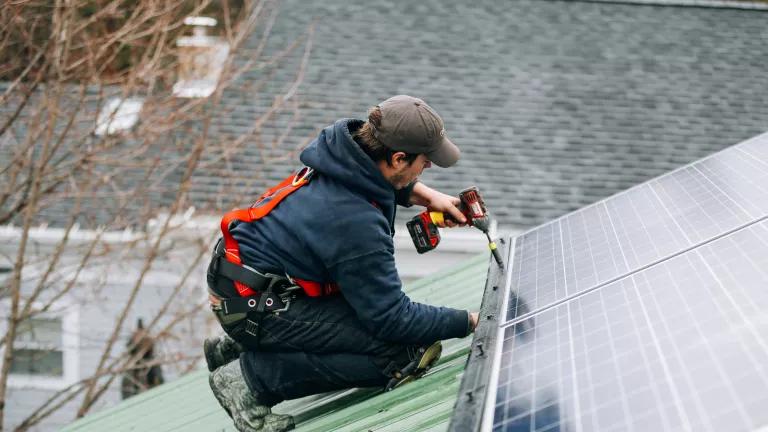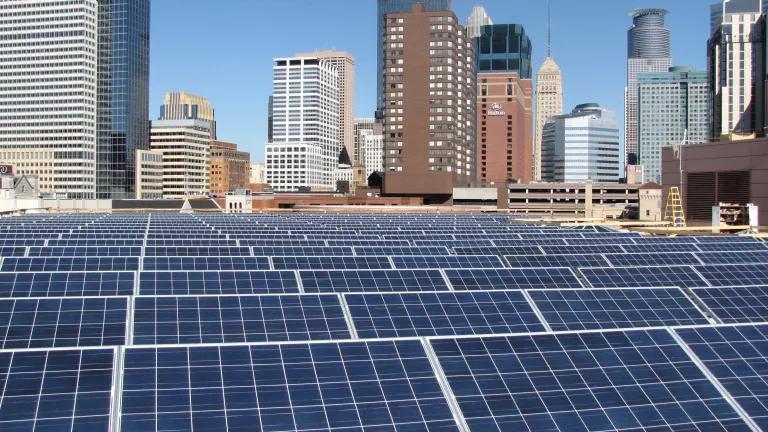How Infrastructure Can Help Bridge the Racial Divide
Embedded in many roads and highways across the U.S. is a legacy of government policies that have segregated communities, limited economic opportunity, and harmed the environment. You can tell a lot about a neighborhood by simply looking at its sidewalks, roads, and bridges.
Embedded in many roads and highways across the United States is a legacy of government policies that have segregated communities, limited economic opportunity, and harmed the environment. You can tell a lot about a neighborhood by simply looking at its sidewalks, roads, and bridges. The lack of investment in sidewalks and other pedestrian infrastructure—especially in Black, lower-income, and tribal communities—creates higher pedestrian fatalities, making those communities dangerous by design. The cumulative impact of racism in this country disproportionately affects communities of color because they often have the wrong complexion for protection. The racially motivated mass shooting in Buffalo this week highlights how the lack of access and community investment makes it easy to identify Black neighborhoods in the United States.
During the Obama administration, the Every Place Counts Design Challenge encouraged selected communities to reimagine how to reconnect communities divided by highways, and the Trump administration deployed those plans with the Every Day Counts (EDC-4) community connection initiative, partnering state departments of transportation (DOTs), metropolitan planning organizations (MPOs), local and tribal governments, and other transportation practitioners.
The Biden administration and Congress codified the Obama administration’s intent to redress past harm caused by historically inequitable transportation investments by establishing the Reconnecting Communities pilot in the Bipartisan Infrastructure Law, which will provide up to $1 billion through 2026. This is a game-changing investment in reversing and correcting inequitable harms to communities and bridging the racial divide. The Reconnecting Communities funds will support planning, capital construction, and technical assistance to state and local governments, MPOs, and nonprofit organizations, particularly those working with underserved communities. Funding can be used to remove, retrofit, mitigate, or replace eligible transportation infrastructure that creates mobility, access, or economic development barriers.
For the next five years, communities can apply for competitive funding from the U.S. DOT: Up to 25 cities each year could be awarded up to $2 million (see chart below), and another 30 communities could be eligible for up to $5 million in construction funding. Awarded funds require a 20 percent match with nonfederal funding. Technical assistance funding for “underserved, overburdened, and disadvantaged communities” will also be available to engage in the transportation planning process to identify innovative solutions and support safe, reliable, and affordable transportation options.


I-70/I-71 Long Street Bridge and Cultural Wall in Columbus, Ohio
The U.S. DOT will host an information session webinar on the new Notices of Funding Opportunity (NOFOs) for the Reconnecting Communities pilot program, which will officially be released in the summer of 2022.
The Reconnecting Communities pilot offers the opportunity to bridge the economic and racial divides in the United States, inform the public decision-making process through intentional engagement, and improve the performance-based design of transportation investment.


